Table of Contents
Introduction to Cilantro and Coriander
Many people confuse cilantro and coriander, but they refer to different parts of the same plant (Coriandrum sativum) with distinct culinary roles. Cilantro (also called Chinese parsley) is the fresh leafy herb, while coriander is the dried seed spice. This guide clarifies the difference, flavor profiles, and proper usage of both to help you elevate your cooking.
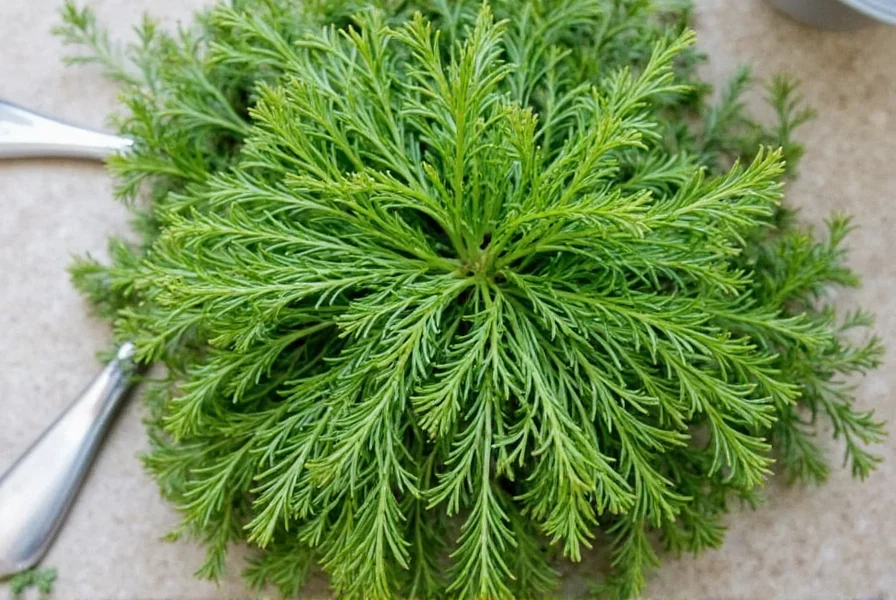
Using the correct term is essential: "cilantro spice" is a misnomer. Cilantro refers only to the leaves, while coriander is the spice derived from the seeds. This confusion is common, especially in regions where "coriander" is used for both parts. Let's explore how to use each properly.
Understanding Cilantro and Coriander Flavors
Cilantro (leaves) and coriander (seeds) have completely different flavor profiles due to their different plant parts:
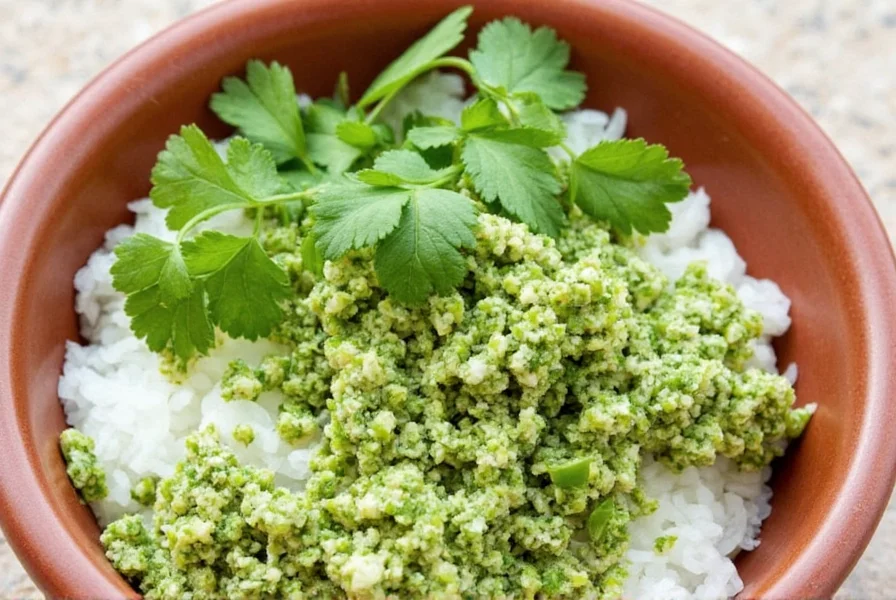
| Part | Flavor Notes |
|---|---|
| Cilantro (fresh leaves) | Bright, citrusy, peppery, with a fresh herbal note |
| Coriander (dried seeds) | Warm, nutty, slightly sweet, with hints of lemon and orange |
| Parsley | Mild, grassy, slightly bitter |
| Basil | Sweet, minty, slightly spicy |
This unique distinction explains why cilantro and coriander can't be used interchangeably. Cilantro's vibrant flavor works best fresh, while coriander seeds deliver depth when ground or toasted.
Culinary Uses for Cilantro (Leaves) and Coriander (Seeds)
Correctly identifying which part you're using is crucial for recipe success:
Cilantro (Fresh Leaves)
- Salsas and Guacamole: Essential for fresh, bright flavor in Mexican dishes. Add at the end of preparation to preserve aroma.
- Asian and Thai Cuisine: Used in curries, pho, and stir-fries as a garnish for freshness.
- Salads and Dips: Chopped into tabbouleh, yogurt dips, or as a topping for grilled meats.
- Marinades: Blended with lime and garlic for chicken or fish marinades.
Coriander (Seeds)
- Spice Blends: Key ingredient in garam masala, curry powder, and chili powder.
- Roasting and Toasting: Whole seeds add depth to roasted vegetables or meat rubs.
- Baking: Ground coriander enhances breads, cakes, and cookies with subtle citrus notes.
- Pickling and Preserving: Whole seeds are used in pickling spices for cucumbers and other vegetables.
Important note: Cilantro leaves lose flavor when cooked for long periods, while coriander seeds develop more complexity when heated.
Practical Tips for Using Cilantro and Coriander
- Store Fresh Cilantro Properly: Trim stems, place in water like flowers, cover with plastic bag, and refrigerate. Lasts 1-2 weeks.
- Use Dried Cilantro Sparingly: Dried cilantro leaves have muted flavor; use only in long-cooked dishes where fresh herb isn't possible.
- Toast Coriander Seeds: Lightly toast whole seeds before grinding to release maximum aroma.
- Grind Just Before Use: Pre-ground coriander loses potency quickly; grind seeds fresh for best flavor.
- Substitution Guide:
- For cilantro leaves: Use flat-leaf parsley or Vietnamese coriander (for texture)
- For coriander seeds: Use caraway seeds (for similar citrus notes) or cumin (for earthier flavor)
Buying Guide: Fresh Cilantro vs. Coriander Seeds
1. Fresh Cilantro (Leaves)
Features: Vibrant green leaves, crisp texture, strong aroma.
Advantages: Best for raw applications where fresh flavor is essential.
Use Cases: Salsas, garnishes, salads, fresh sauces.
What to Look For: Bright green leaves with no yellowing or wilting. Avoid bunches with slimy stems.
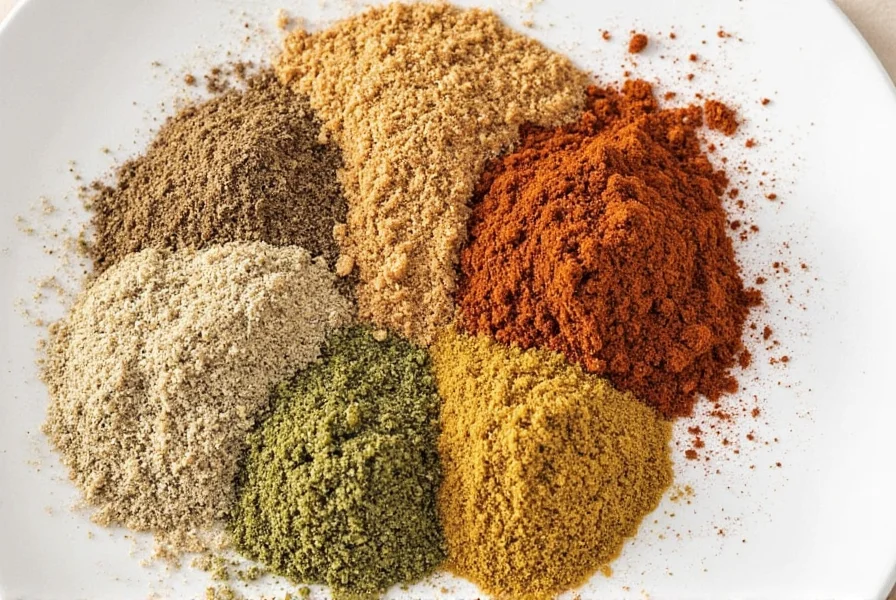
2. Coriander Seeds (Spice)
Features: Small, round, beige-brown seeds with a subtle citrus aroma.
Advantages: Long shelf life, versatile for cooking and baking.
Use Cases: Spice blends, curries, pickling, baking.
What to Look For: Seeds should be uniform in size, with a pleasant citrus scent. Avoid pre-ground coriander unless used immediately.
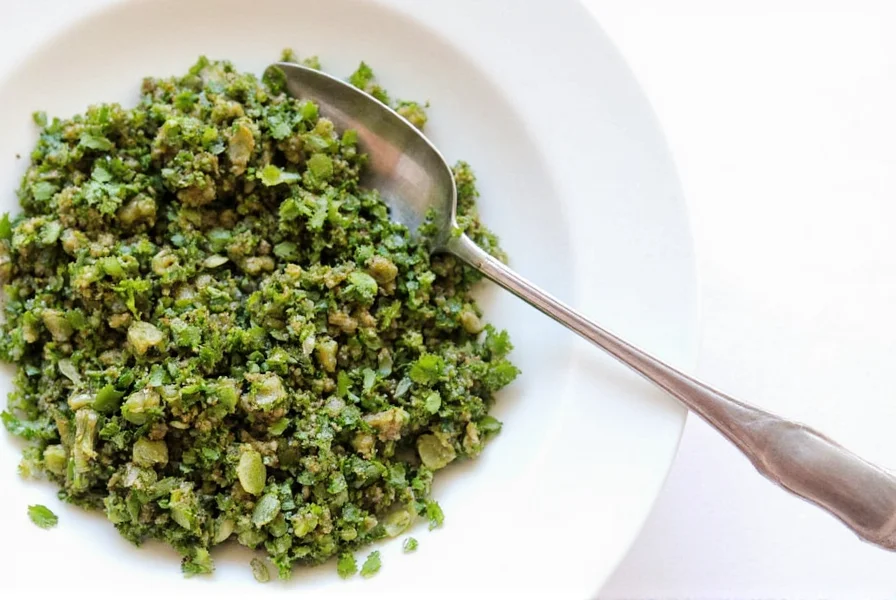
3. Dried Cilantro (Leaves)
Features: Light green, brittle leaves with muted flavor.
Advantages: Convenient for storage, useful in slow-cooked dishes.
Use Cases: Soups, stews, spice rubs where fresh herb isn't practical.
What to Look For: Avoid yellowed or musty-smelling dried cilantro. Freshness is key even in dried form.
Frequently Asked Questions
What's the difference between cilantro and coriander?
Cilantro refers to the fresh leaves and stems of the Coriandrum sativum plant, while coriander refers to the dried seeds of the same plant. In some regions (particularly Europe and Asia), "coriander" is used for both parts, causing confusion. The leaves have a bright, citrusy flavor, while the seeds have a warm, nutty, slightly sweet profile with hints of lemon and orange.
Why does cilantro taste soapy to some people?
Approximately 20-25% of the population has a genetic variation that makes cilantro taste like soap. This is due to specific olfactory-receptor genes that cause certain people to perceive the aldehydes in cilantro (which most people experience as citrusy or herbal) as soapy or metallic. It's not a learned preference but rather a genetic predisposition, similar to how some people can't taste certain compounds like PTC.
Can I substitute dried cilantro for fresh in recipes?
While possible, substitutions aren't ideal. As a general rule, 1 teaspoon of dried cilantro equals about 3 teaspoons (1 tablespoon) of fresh. However, dried cilantro lacks the bright, citrusy notes of fresh cilantro and has a more muted, earthy flavor. For dishes where cilantro is a key flavor component (like salsas or guacamole), fresh is always preferable. Dried works better in long-cooked dishes like stews where fresh cilantro would lose its flavor.
How can I extend the shelf life of fresh cilantro?
The best method is to treat cilantro like flowers: trim the stems, place in a jar with about an inch of water, cover loosely with a plastic bag, and store in the refrigerator. Change the water every few days. Alternatively, wash and thoroughly dry the leaves, then store them in an airtight container lined with paper towels. Properly stored, fresh cilantro can last 1-2 weeks rather than the typical 3-5 days.
Can I freeze fresh cilantro without losing flavor?
Yes, freezing is one of the best preservation methods for cilantro. The most effective technique is to chop the cilantro, mix with a small amount of oil or water, and freeze in ice cube trays. Once frozen, transfer the cubes to airtight bags. This method preserves 80-90% of the flavor compared to drying, which preserves only about 50%. Frozen cilantro works best in cooked dishes rather than as a fresh garnish.
What are some good alternatives if I don't like cilantro?
If you're one of the people who perceive cilantro as soapy, good substitutes include flat-leaf parsley (for texture and mild flavor), Vietnamese coriander (which has a similar appearance but different flavor profile), or a combination of basil and mint for dishes where you want to maintain a fresh herbal note. For Mexican dishes, consider using papalo or culantro (which is actually a different plant despite the similar name).
Conclusion
Understanding the difference between cilantro (leaves) and coriander (seeds) is crucial for using these ingredients correctly in cooking. While they come from the same plant, their flavors and applications are entirely distinct. Cilantro's bright, citrusy freshness works best as a finishing herb, while coriander seeds provide warm, nutty depth when used as a spice.
Remember: "cilantro spice" is a misnomer. Always specify whether you're using fresh leaves (cilantro) or dried seeds (coriander) to avoid confusion in recipes. With proper usage, both can elevate your dishes from ordinary to exceptional.
Next time you're cooking, take a moment to check whether your recipe calls for cilantro or coriander. You'll be amazed at how this small distinction transforms your culinary results.

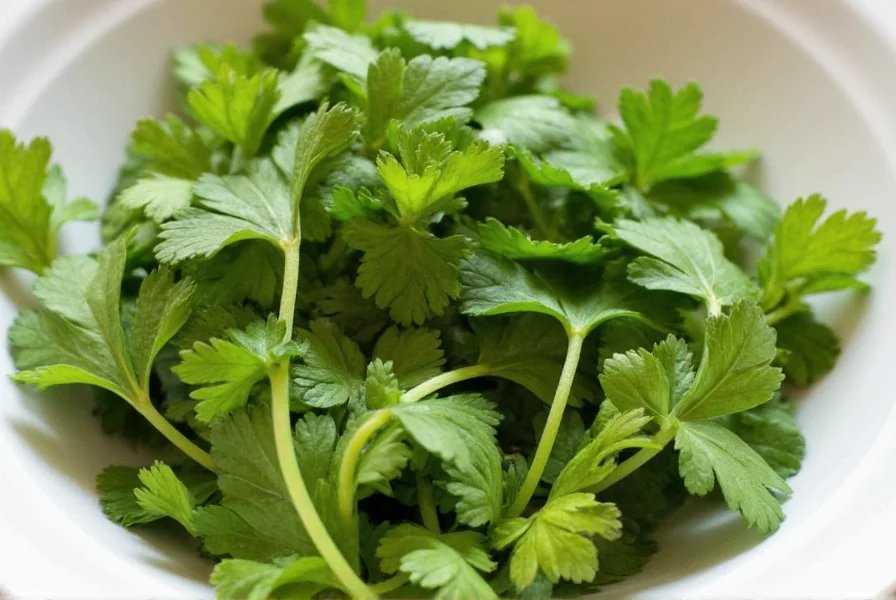









 浙公网安备
33010002000092号
浙公网安备
33010002000092号 浙B2-20120091-4
浙B2-20120091-4